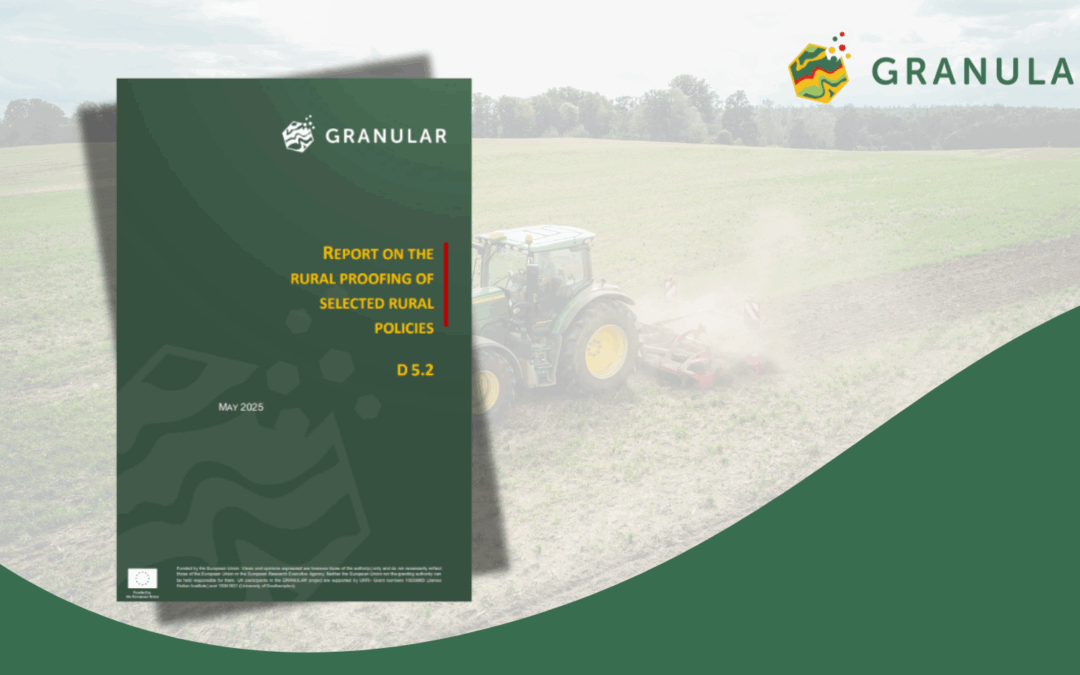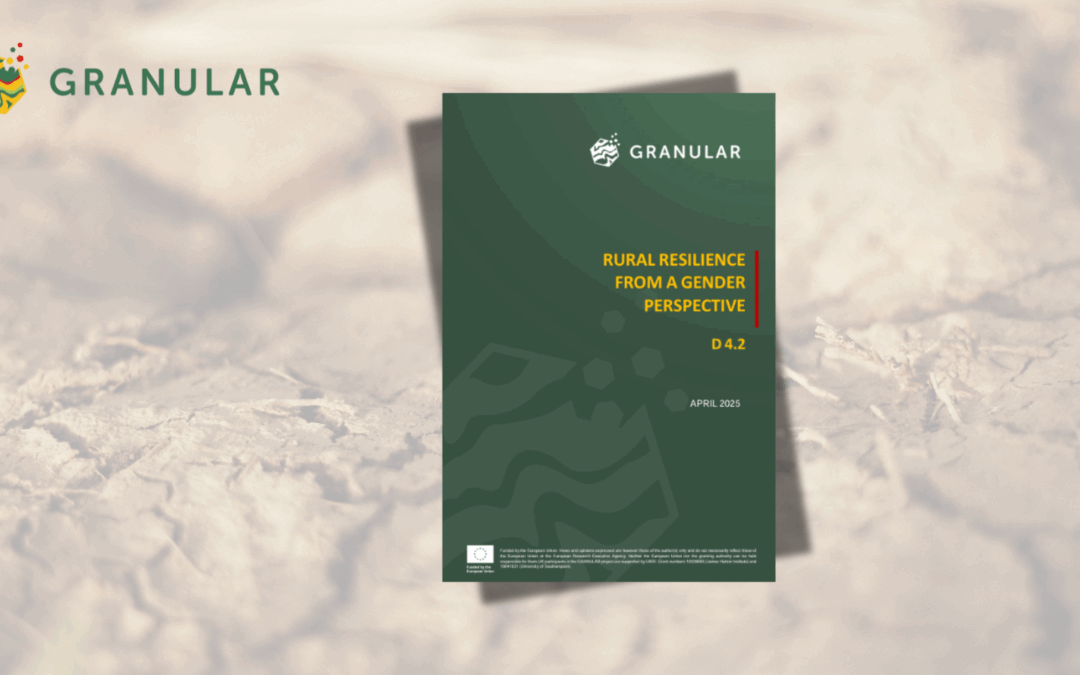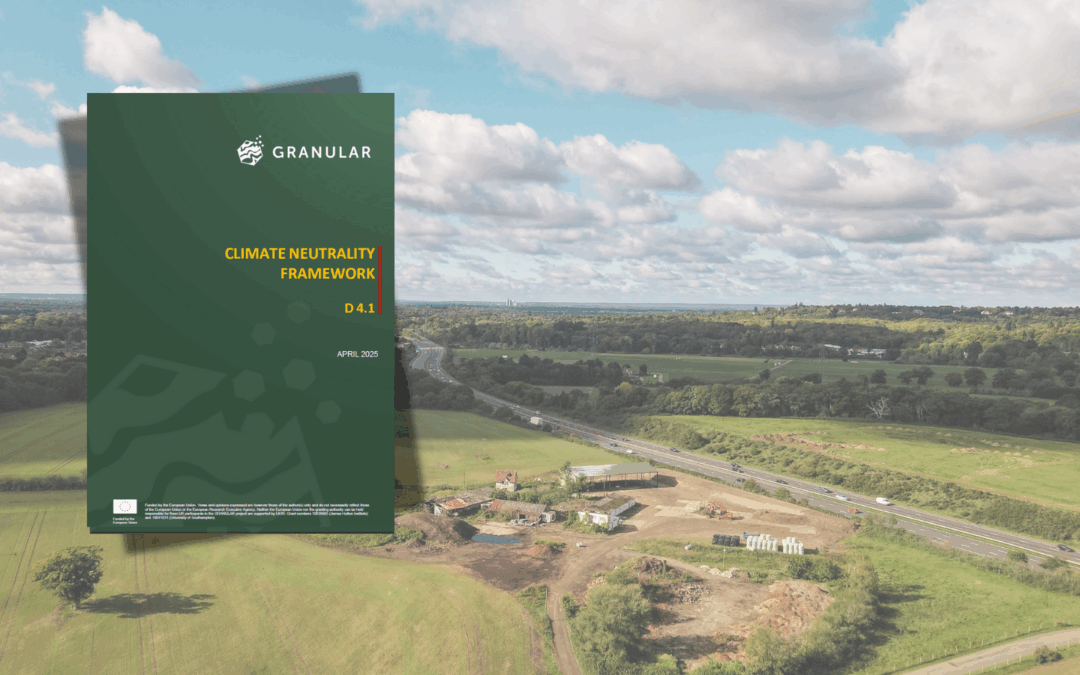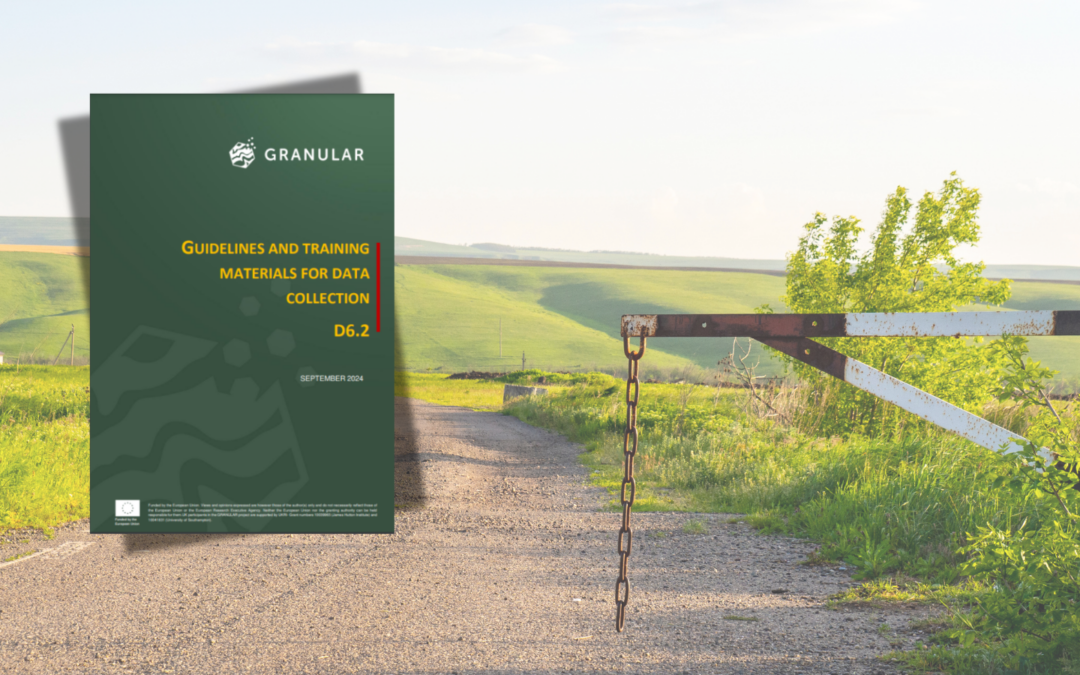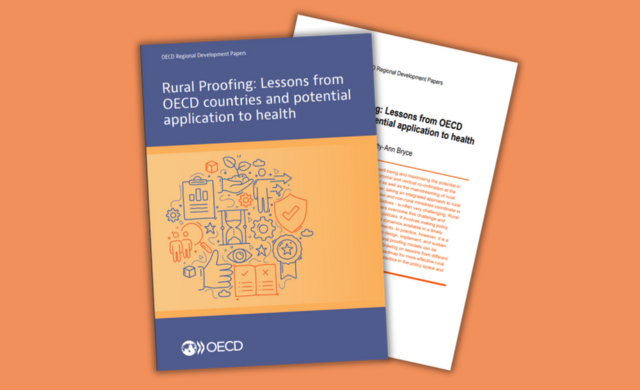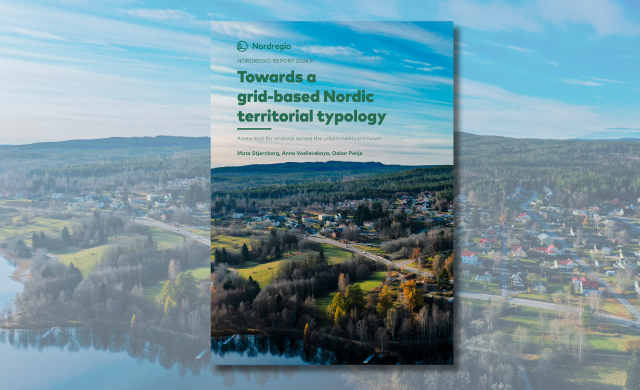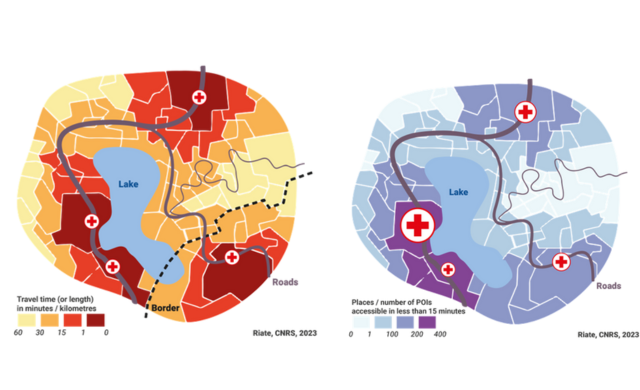Author: Carla Lostrangio, European Association for Innovation in Local Development (AEIDL)
In 2022, the 8th Cohesion Report of the European Commission warned about the widening gap between urban and rural areas. Territorial imbalances and territorial divides in several European countries are indeed on the rise and challenging the social, economic, and territorial cohesion principle stated by the European Treaties, resulting in the so-called geography of discontent. With this respect, a new report has recently been published to shed light on the cost of non-rurality.
Commissioned by the NAT Committee of the European Committee of Regions, this report (“The cost of non-rurality – preparing for a better urban-rural balance in EU funding”) was written by Jorge Núñez Ferrer, Tamás Kiss-Gálfalvi, Doina Postica (CEPS), Izabela Marcinkowska and Karolina Zubel (CASE). The report aims to “contribute to the debate on EU rural development policy by presenting a methodology to understand the net costs and benefits of investing in rural areas to society as a whole”.
What is the cost of non-rurality?
The report defines the “cost of non-rurality” as the estimated costs of imbalances between rural and urban territories. The key assumption is that declining rural areas and increasing urbanization have been producing a number of benefits in the last century, such as resource and economic concentration, as well as a number of costs in both rural and urban areas.
For instance, the report states that the “decline and shift of populations also create further negative spillovers on the rest of the economy, for example on urban areas that are usually at the receiving end of the influx of rural populations.”
Therefore, the report advocates for a holistic assessment of the net cost of territorial imbalances, looking both at the negative and positive externalities of rural decline.
How to measure the cost of non-rurality?
A schematic approach to measure the net cost of non-rurality is included in the report (see Figure), computed as the next between the opportunity costs of agglomeration vs. negative externalities linked to rural decline. The document highlights a list of costs and benefits to assess the net cost of non-rurality.
Even though the authors do not compute the full net cost of non-rurality, they apply their suggested methodology to explore the net costs of agglomeration and its effects on inequality. Their analysis points out that some of the costs linked to agglomeration are the “congestion costs” of traffic and pollution which typically emerge in ultra-high-density cities or the housing cost overburden. In 2018, the costs of pollution and environmental pressure in Europe were as high as EUR 166 billion and in that year only, every urban dweller suffered a welfare loss of ca. EUR 1 250.

What are the main conclusions of the report?
A key conclusion is that we lack sufficient data and research to assess the opportunity costs of rural decline using a holistic approach. This means looking not only from an economic point of view but also social and environmental, as well as understanding the net implications of rural decline on both rural and urban territories.
A realistic assessment of these costs would contribute to improving rural policy design. It would lead to more targeted interventions and structural changes able to address territorial imbalances, such as giving further attention to investments able to strengthen services or increase job opportunities in rural areas for the long-term development of these territories.
More information
The full report can be accessed at this link. Ongoing projects, such as the GRANULAR one, are specifically looking into developing new data and indicators that could play a role in assessing and providing further evidence on the cost of non-rurality. The full report can be accessed at this link. Ongoing projects, such as the EU-funded Horizon Europe GRANULAR project, are specifically looking into developing new data and indicators that could play a role in assessing and providing further evidence on the cost of non-rurality.
In addition, the GRANULAR project will investigate how these data and indicators could be used to create more evidence-based territorial policies as well as apply rural proofing mechanisms. Rural proofing has the scope to assess how specific policy interventions impact rural areas before their actual implementation, and hence hindering negative externalities on these territories.
To stay up-to-date with the GRANULAR progress, don’t forget to subscribe to its newsletter.

